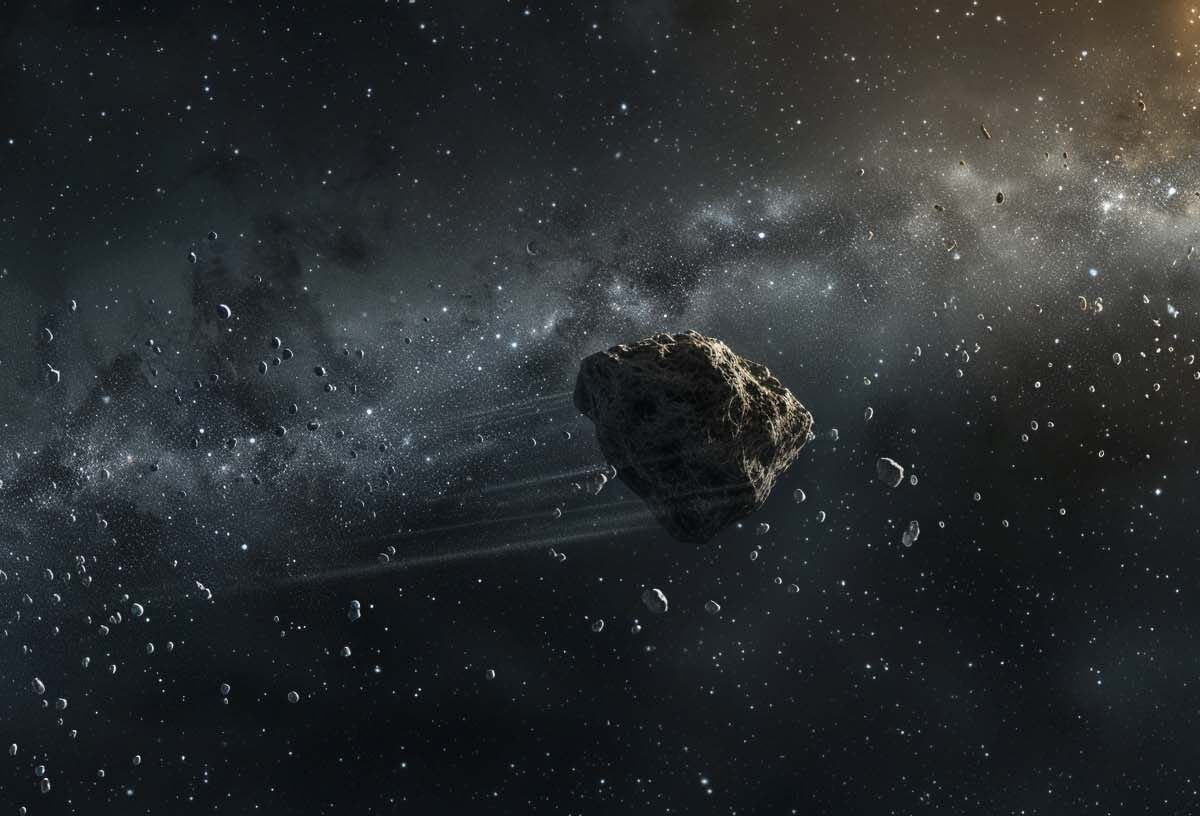Dark comets, a class of celestial objects recognized by astronomers less than two years ago, stand out for some unique features. Shortly after its identification, six more were found with the same characteristics: the appearance of an asteroid but with the typical motion of a comet.
Now, in latest research published in the journal Proceedings of the National Academy of Sciences (PNAS), an international team of scientists announced the discovery of seven more dark comets, doubling the currently known population.
The new study also found that these objects belong to two different populations: One is smaller objects below a few tens of meters that live in the inner Solar System. The other, slightly more misaligned, has elliptical orbits that are as far away as Jupiter and as close to the Sun as Mercury. These comets, called outer dark comets, can reach hundreds of meters in diameter..
When did dark comets appear?
The first insight into the existence of dark comets came in a study conducted in March 2016; Researchers at the University of Cambridge have noticed that the orbit of asteroid 2003 RM has so far deviated slightly from its orbit. The motion did not correspond to the so-called Yarkovsky effect, which is a change in orbit caused by the heat emitted by the asteroid after being heated by the Sun.
Co-author Davide Famocchia of NASA’s Jet Propulsion Laboratory explains: While this kind of disturbance is quite characteristic of the comet as volatile material pushes against it, “no matter how hard we try, We can’t find any trace of the comet’s tail.”.
The following year, the transit of ‘Oumuamua (1I/2017 U1), the first known interstellar object to pass through the Solar System, appeared as a single point of light like an asteroid. But its orbit changed, as if it were releasing volatile material from its surface like a comet.
Naming of dark comets

Following the identification of seven objects that resemble asteroids but behave like comets in the Solar System in 2023, The astronomical community finally recognized these objects as their own category of “dark comets.”
Finding seven more in the new study is “enough to start asking whether there’s something that differentiates them,” said the paper’s first author, Darryl Seligman of Michigan State University.
Although they are divided into two groups according to current research, very little is known about these strange rocks. Discovering what they are, how many there are, and where they come from will be a necessary subject of future research. “The more we learn about them, the better we can understand their role in the origin of our planet,” Seligman concludes.
Stay up to date with the latest astronomical discoveries on TecMundo and get the opportunity to share the article with your friends who love these topics. Until later!
Source: Tec Mundo
I’m Blaine Morgan, an experienced journalist and writer with over 8 years of experience in the tech industry. My expertise lies in writing about technology news and trends, covering everything from cutting-edge gadgets to emerging software developments. I’ve written for several leading publications including Gadget Onus where I am an author.










